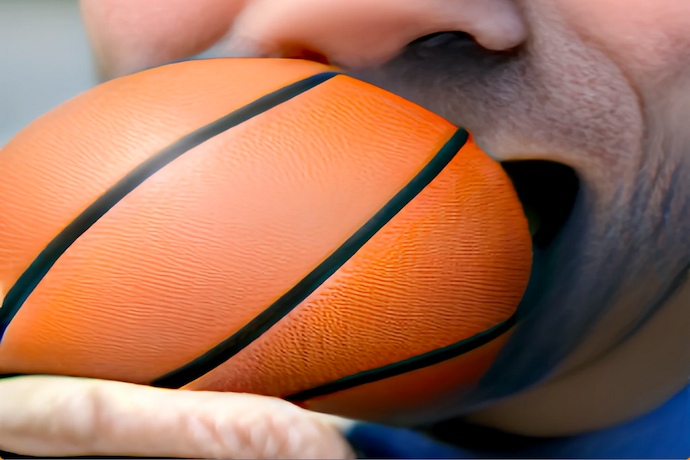If someone told you to draw a person eating an apple, you can do that because your brain has learned what a person is, what an apple is, and what eating is. But can a computer produce those same drawings? With AI-based programs DALL-E and Craiyon (formerly called DALL-E Mini), computers can come pretty darn close to creating any image you can envision.
DALL-E, a program developed by OpenAI, can generate images from a prompt. Craiyon is a smaller free version, based on DALL-E and created by software engineer Boris Dayma, with some input from the AI community. Both are causing a buzz on the internet.
So, how do computers know how to draw things? Much like humans, PCs need to be “trained”—a lot. Researchersfeed them millions and millions of images with captions so the computer gets an understanding of what each “thing” looks like, and how to draw it. Then, when you ask the computer to draw “someone eating an apple,” the computer goes through all the stuff it has learned about people, apples, and the act of “eating,” and draws an image that matches those terms.
Sometimes it gets stuff wrong, which is where machine learning comes into play. The researchers can help guide the AI by telling it which images are good and which are bad. The AI can then learn from its errors and generate better images next time.
This technology also allows the AI to generate images that you never see in real life. For instance, if I told you to draw someone eating a basketball, you can likely picture it and draw it despite never having seen it happen (we hope). And when you tell the AI to do the same, it has to put together what it knows about people, basketballs, and how to eat things to generate its Images.
This technology goes much further than DALL-E. For example, the website “This Person Does Not Exist” generates a totally new human face after being trained on millions of examples, and it does a very good job with it!
Who knows; maybe in the future, we’ll have whole art galleries dedicated to AI-generated art. For now, however, it’s funny to see how a computer draws someone eating a basketball.
Learn More
DALL-E 2
DALL-E Mini by Craiyon
https://huggingface.co/spaces/dalle-mini/dalle-mini
DALL-E Open AI Image Generator
Craiyon
DALL-E Art AI Generator
https://www.npr.org/2022/09/30/1125976146/DALL-E-art-ai-generator-npr
DALL-E
https://en.wikipedia.org/wiki/DALL-E
AI-Generated Picture Wins Art Prize
https://www.nytimes.com/2022/09/02/technology/ai-artificial-intelligence-artists.html
The Story Behind DALL-E Mini
https://www.youtube.com/watch?v=vxc8FKqQxGM
Ten Best AI Text to Art Tools
https://www.skylinesocial.com/ai-art-generator/
DALL-E
https://openai.com/blog/dall-e/

